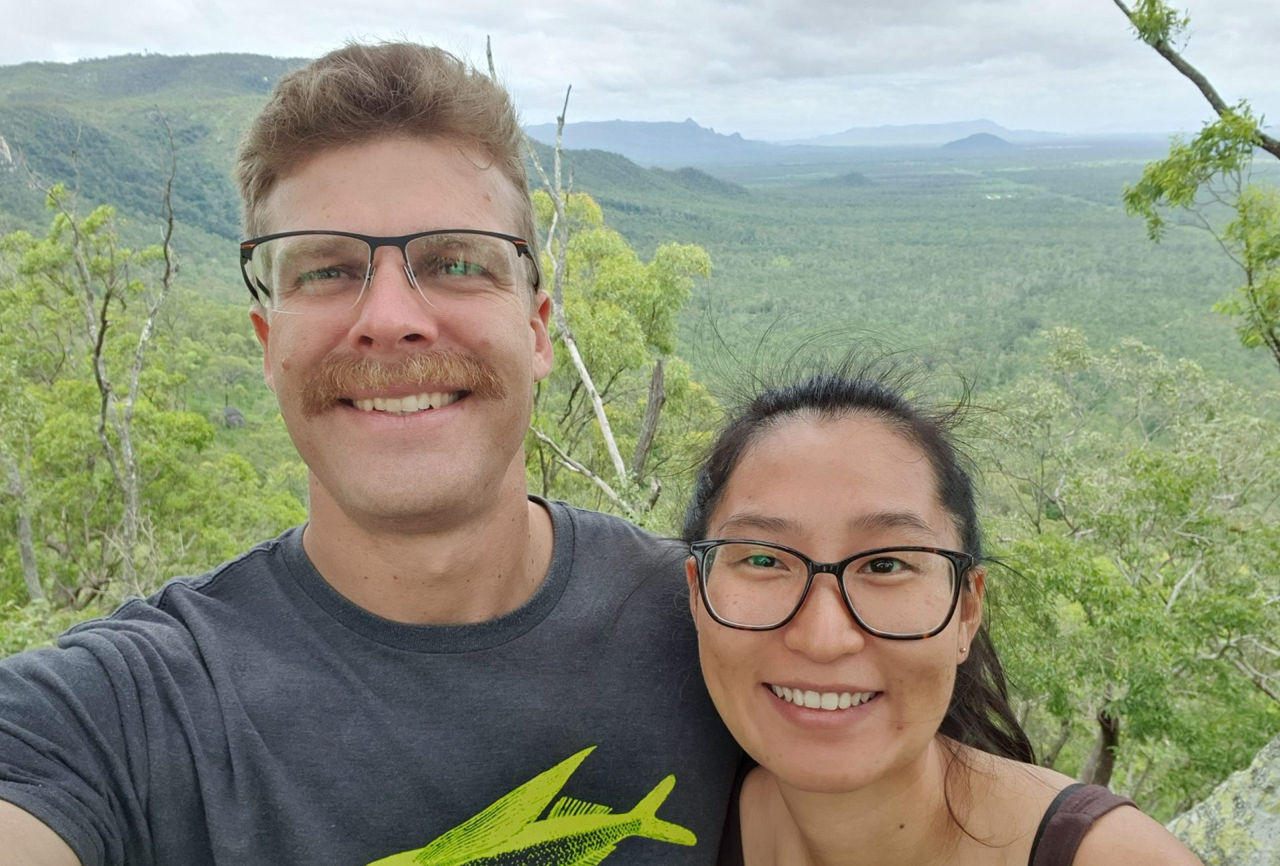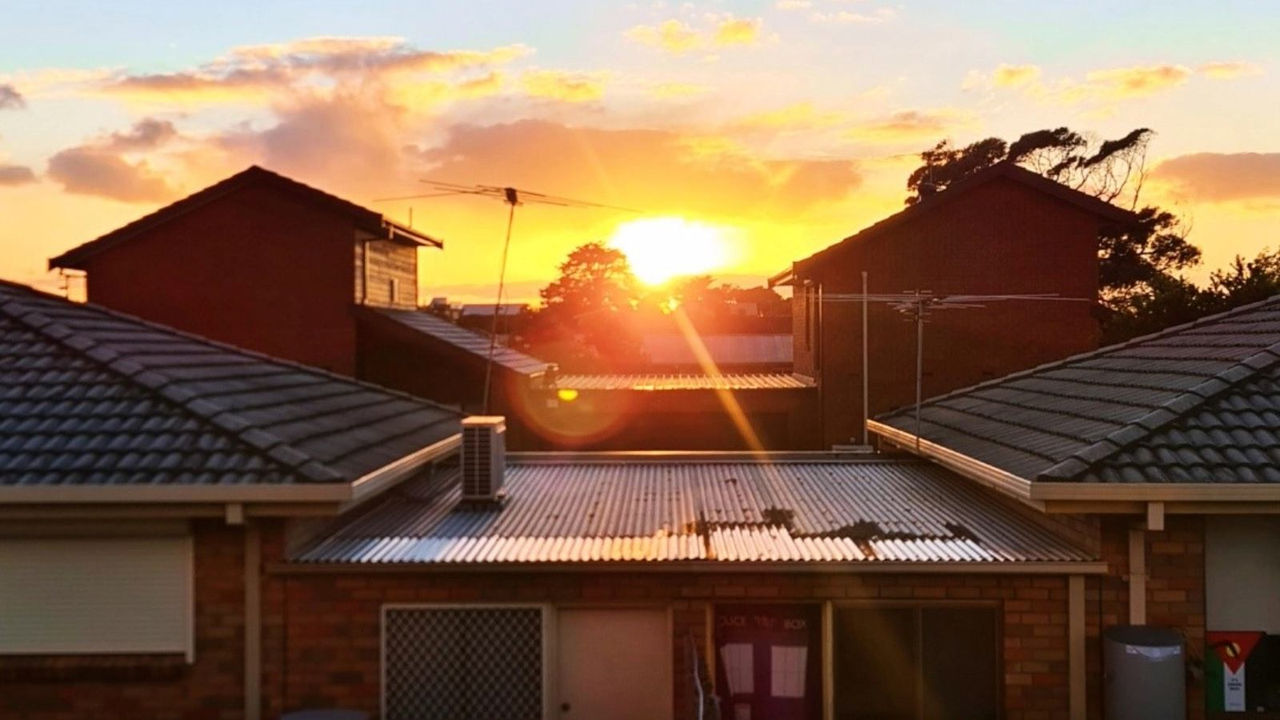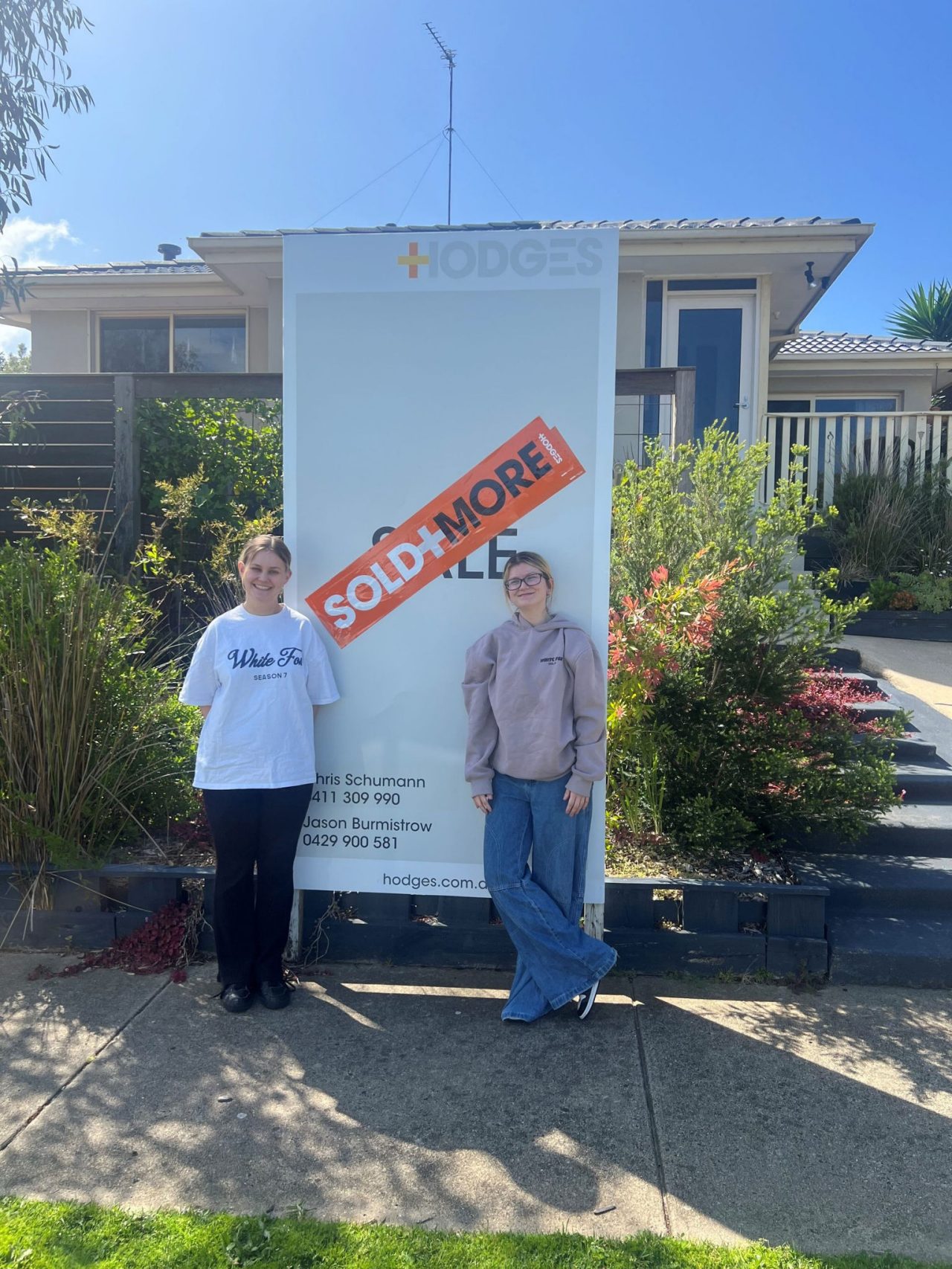Queensland is leading the nation when it comes to regional property purchases in 2024, with six locations in the Sunshine State making up the top 10 list of hotspots.
13.12.2024 | 2 min read
Published on 20.11.2024
Higher interest rates and more accommodating eligibility criteria resulted in the Home Guarantee Scheme supporting one-third of the nation’s first home buyers last financial year, up significantly from one-tenth in the scheme’s first year of operation in 2020.
Of the 50,000 places for eligible home buyers, 43,800 were taken up – a 34% per cent increase on the 32,600 places taken up in 2023, amid 13 increases in the cash rate since May 2022.
“The stronger (participation) under the scheme in the last year is likely due to a combination of the expanded eligibility criteria, coupled with a more challenging purchasing environment for those without any additional support,” Housing Australia, the administrator of the scheme, said last month in its Trends and Insights report.
NAB Executive Business Metro and Specialised Julie Rynski said the Home Guarantee Scheme continued to play an important role in supporting thousands of home buyers to make their first purchase sooner than their financial circumstances would otherwise have permitted.
“The report shows almost 1-in-3 of first home buyers in 2023-24 were supported by the scheme compared to 1-in-10 when it was first introduced in 2020 – a figure which has increased each year,” Ms Rynski, who is chair of NAB’s Affordable Housing Council, said.
“It’s welcome that the scheme is increasingly active in the important key-worker segment, enabling borrowers to live closer to their workplaces such as hospitals and schools.
“And it’s also apparent that the scheme has a broader impact than helping borrowers become homeowners sooner, with almost 1-in-5 home buyers transitioning out of the scheme after an average of two years.”
While many prospective first home buyers can service a mortgage, they generally take a long time to save a 20% deposit.
Housing Australia tackles the problem by working with participating lenders, including NAB, to facilitate loans to eligible home buyers who meet income eligibility thresholds and other criteria, but don’t have the funds to pay a deposit.
Under the expanded scheme, friends, siblings and other family members are eligible for joint applications, along with non-first home buyers who haven’t owned a property in Australia in the last 10 years.
The agency provides a guarantee to the participating lender of up to 15% of the value of the loan under the First Home Guarantee or the Regional First Home Buyer Guarantee, and up to 18% under the Family Home Guarantee.
This enables the purchaser to buy a house without paying lenders mortgage insurance.
NAB Executive Home Ownership Andy Kerr told a Senate inquiry into home ownership last month that the Home Guarantee Scheme has been “overwhelmingly successful” in helping customers save for a deposit, with NAB supporting more than 30,000 first home buyers since 2020.
“To give more people access to this scheme, NAB supports increasing the current income caps, which have remained unchanged since 2020,” Mr Kerr said.
“While we believe that the availability of housing is the fundamental issue, it’s important that all options are on the table right now so we can meaningfully improve access to credit for Australians in a responsible way.”
In 2024, there was a 28% per cent increase from 8800 to 11,000 in the number of key workers such as teachers, nurses and social workers who were supported by the scheme, enabling them to live closer to schools, hospitals and other critical workplaces.
A survey found a majority of the key workers said accessing stable housing close to their place of work, including schools and hospitals, was the main factor behind the choice of home they purchased with the scheme’s support.
Victoria experienced the strongest take-up of the scheme, accounting for 28 per cent of guarantees compared to a population share of 26 per cent.
Housing Australia also said almost one in five supported households, or 18 per cent of total guarantees, have transitioned out of the scheme as they no longer required support.
The scheme also remained resilient, with 0.1% per cent of active loans currently in arrears, and a further 1% of the portfolio accessing hardship support – well below market benchmarks.
The report said housing prices continued to rise across the country, driven by strong demand despite relatively high interest rates.
“This has adversely affected the purchasing power of first home buyers, both from a price and loan serviceability perspective,” it said.
“Increased immigration after borders reopened (after the pandemic) has put pressure on the existing housing stock to provide enough physical housing for Australia’s population.
“Meanwhile, high inflation and interest rates have made it more costly for developers to deliver new stock to the market.”
In 2024, the typical profile of a First Home Guarantee recipient was a household where the primary borrower was in their early 30s, with a median income of around $85,000 for single borrowers and $134,000 for joint borrowers.
The median purchase price was around $482,000 for single borrowers and $624,000 for joint borrowers.
There was a 48% increase to 22,400 in the number of guarantees issued to joint borrowers.

First home buyers
Queensland is leading the nation when it comes to regional property purchases in 2024, with six locations in the Sunshine State making up the top 10 list of hotspots.
13.12.2024 | 2 min read

Customers, banking & finance
Charlotte Ziegeler wasn’t expecting her home ownership journey to move so quickly. Within two weeks of receiving pre-approval for a home loan from NAB, she’d found a home, made an offer and started packing.
20.06.2025

First home buyers
When Madi and her younger sister moved back into their childhood home, they knew it was only temporary. One night, at the kitchen table, the sisters floated an idea: what if they bought a house together?
20.01.2025 | 4 min read